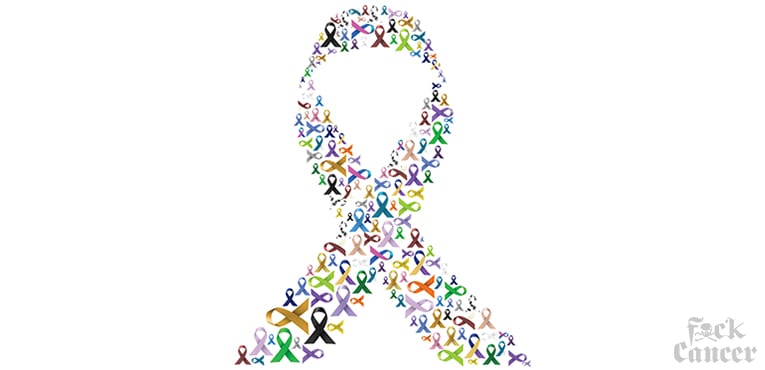
Cancer can be frightening. To combat cancer, the sooner it’s discovered, the better. After all, if detected early before it spreads, cancer may be easier to treat, according to The National Cancer Institute.
To help doctors find and treat cancer early, cancer screening tests—checking for cancer in people who have no symptoms—are good to consider when the time is right. For early detection, there are things you can do at home, such as self-breast and skin exams. There are also screenings that require a trip to the doctor. Some health plans cover the cost of screening with no out-of-pocket cost, so you’ll want to review your plan to see what preventive screenings are covered and how often.
Here are a few cancer screening tests that can provide early detection:
1. Colonoscopy Screenings
This screening test, in which a doctor examines inside the rectum and colon using a long, lighted tube called a colonoscope, has been shown to detect colon growths called polyps that can be removed before they develop into cancer. Colorectal cancer is one of the most common cancers in both men and women nationwide, according to the National Institutes of Health, but if detected early is easy to treat.
When to get a colonoscopy: People who are at average risk for colorectal cancer have screenings at ages 50 through 75. If you have a family history of colon cancer, talk to your doctor about what screening age is right for you.
2. Self and Clinical Breast Exams
Examining breasts and under the arms for lumps or anything that seems unusual can be done yourself and/or by a doctor. If you notice any changes in your breasts, such as dimpling, redness, swelling or distortion, talk to you doctor.
When to do a breast self-examination: Once a month
When to get a clinical screening: Talk to your doctor about how often you should come in for a clinical breast exam, and be sure to go in if you notice anything out of the ordinary.
3. Mammograms
A mammogram, an X-ray of the breast, is the best way to find breast cancer early, when it’s easier to treat and before it’s big enough to feel or cause symptoms. According to the USPSTF, women should weigh the benefits and risks of screening tests when deciding whether to begin getting mammograms at age 40.
How often should you get a mammogram?: The United States Preventative Services Task Force recommends that women who are 50 to 74 years old and are at average risk for breast cancer get a mammogram every two years.
Women who are 40 to 49 years old should talk to their doctor or other health care professional about when to start and how often to get a mammogram.
4. Skin Exams
It is recommended to check your skin regularly—especially if you are at higher risk of skin cancer—to be aware of any changes in skin, such as a new mole or a change in an existing mole. If you notice any changes, let your doctor know so they can rule out skin cancer, according to the American Cancer Society.
When to self-screen: Once a month
When to get a clinical screening: Yearly, or if you notice anything out of the ordinary.
5. Pap Test and Human Papillomavirus Testing
These screening tests, typically done at your gynecologist visit, help to identify abnormal cells in the cervix so they can be treated before they become cancer, helping to reduce deaths from cervical cancer.
When to get a pap test: Testing is generally recommended to begin at age 21 and end at age 65, as long as the results have been normal.
Ask your doctor about cancer screenings, both the ones mentioned above and others, and which ones are right for you.
Source: Anthem Blue Cross, 5 Common Cancer Tests and When To Get Them, https://www.anthem.com/ca/blog/your-health-care/5-common-cancer-screening-tests-and-when-to-have-them/?cmp=EM-BCN-CHOOSEWISE-ABC-4b-1, March 15, 2018
